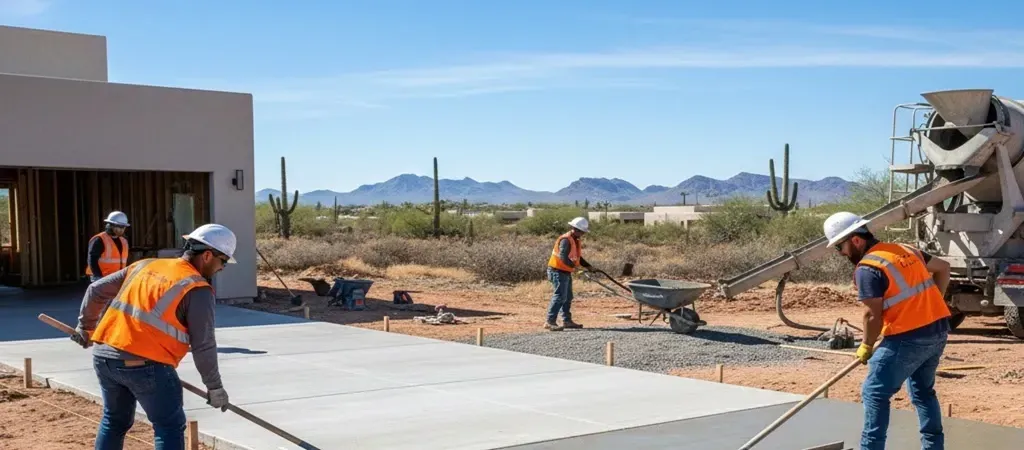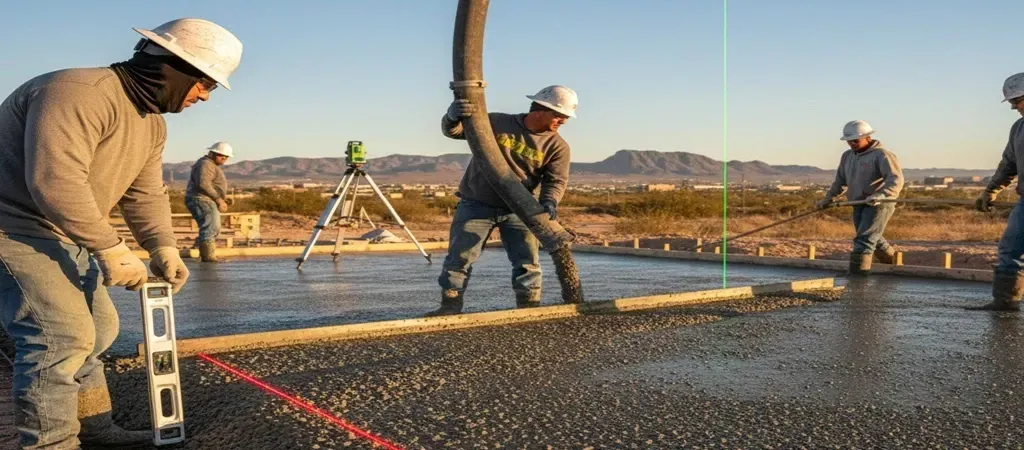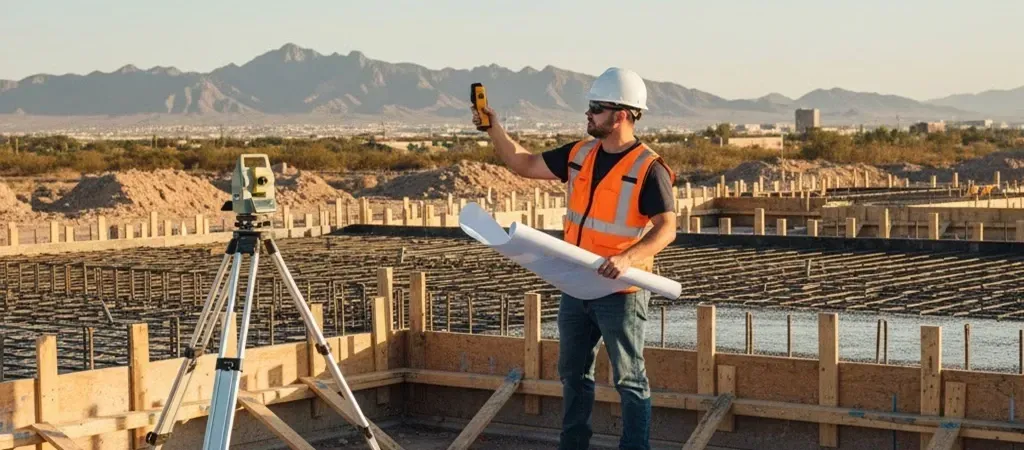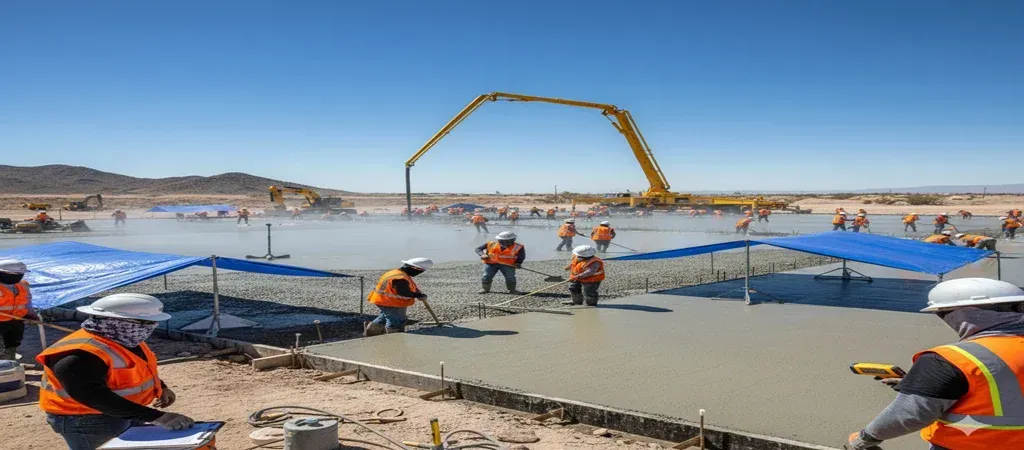What You Need to Know About Concrete Demolition: A Step-by-Step Guidee

Stared at that busted concrete slab and thought, “Cool. But how do I destroy this without blowing up my house?”
Yep. Same.
Concrete demolition looks like a beast. Heavy. Loud. Intimidating. But once you get it, it’s not scary.
Are you tearing out a driveway? Patio? Or that cursed chunk by the shed? This ain’t guesswork.
But yeah, you can do it without breaking your wallet (or your back). This step-by-step guide is your trusty sidekick. Get everything you need to know without making your head spin.
Let’s break it down.
So, What Is Concrete Demolition Anyway?
Concrete demolition = break, remove, dispose. Simple formula. Complex execution. We’re talking driveways, patios, sidewalks, walls, or even full-on buildings.
It’s not rage-fueled sledgehammer therapy (though tempting). It’s calculated destruction. Every hit needs a reason.
DIY? Possible if it's small, shallow, and not load-bearing. Big jobs? Don’t play hero. Call the pros.
Because it's a risk. Debris. Permits. Machines with names like “breaker attachments”.
There are several types of demolition:
- Total demolition: Completely removing a structure.
- Selective demolition: Only taking down specific sections.
- Interior demolition: Removing indoor elements like floors or non-load-bearing walls.
Get Your Ducks in a Row: Planning First!
Before you grab any tools, take a minute (or a day) to plan.
Start with a solid site assessment. Are there utility lines nearby? What kind of concrete are you dealing with? Reinforced or not? Check for nearby structures, property boundaries, and soil conditions.
Next, get the permits. Some cities require permission before you can start concrete demolition, especially for larger jobs. Skip this, and you might end up with fines or even a forced shutdown.
Also, do a quick risk check. Are you working near a building? Are there kids or pets around? What’s the weather forecast? Heavy rain can make a demolition site a dangerous mess. Being safe now means fewer regrets later. For more about how weather affects concrete work, see how weather conditions affect concrete pouring and curing.
Let’s Talk Tools: What You’ll Need
You wouldn’t show up to a sword fight with a spoon, right? Same goes here. The right tools make all the difference:
- Jackhammers: Great for breaking up thick slabs. Electric ones are easier to control; pneumatic ones bring serious power.
- Sledgehammers: Ideal for smaller, thinner concrete. Cheap and simple.
- Excavators with hydraulic breakers: Best for large-scale jobs or when you need brute force.
- Diamond saws and wire saws: For precision cuts. These work well when you're trying to preserve parts of the structure.
- Water jets (hydrodemolition): Awesome when you want to remove surface layers without damaging rebar.
Don’t forget wheelbarrows, dumpsters, or concrete haulers for cleanup. Trust me, concrete chunks add up fast.
Not sure about which tool to use? Chat with a pro at a rental center. They’ll point you in the right direction. Plus, they might save you time, money, and a sore back. To learn more about the benefits of choosing concrete for your projects, check out choosing concrete over other materials for patios.
Pick Your Demolition Method
Now comes the fun part. There are a few different ways to do concrete demolition. Choose what fits your project:
- Manual Demolition. Just you. A sledgehammer. And some elbow grease. Perfect for small patios or sidewalks.
- Mechanical Demolition. Use machines like breakers or excavators. This is the go-to for foundations, driveways, or commercial work.
- Hydrodemolition. High-pressure water blasts away concrete. But keeps the steel safe. This method is used a lot in bridges and infrastructure.
- Pressure Bursting. Quiet and controlled. This technique uses chemicals or hydraulics to split the concrete. It’s good indoors or where noise is a problem.
- Explosives (yes, really!). Used for large buildings and structures. Requires permits, licenses, and a professional demolition team.
Every method has pros and cons. Mechanical is fast but noisy. Hydrodemolition is clean but more expensive. Manual is budget-friendly but physically demanding. Choose based on safety, speed, and scope. For a deeper dive into the types of concrete used in various projects, visit our article on different types of decorative concrete.
Safety First, Always
Before anything gets smashed, let’s talk safety.
- Wear the right gear. Gloves. Goggles. Steel-toed boots. Helmet. And a dust mask. For bigger jobs, use hearing protection too.
- Keep others away from the work zone. Set up safety barriers or caution tape.
- Mark and shut off nearby utilities. Accidents with gas or electrical lines are no joke.
- Use proper signage if you're in a public area.
- Take breaks—yes, even superheroes need rest!
If you’re renting equipment, ask for a quick safety demo. And always read the manual, seriously. It’s not boring when it keeps your fingers attached.
What About the Environment?
You don’t have to send all the debris to the landfill. Concrete can be recycled.
- Recycle It. Old concrete can be reused as gravel or base material for roads, driveways, and new construction projects.
- Control the Dust. Use water sprays or dust suppression systems. Not only is it cleaner, but it’s also better for your lungs.
- Keep Noise in Check. Limit work hours. Especially if you have neighbors. Try not to be the reason someone’s dog starts barking at 7 a.m.
Sustainable concrete demolition? Yes, it’s a thing. And it’s the future.
Step-by-Step: How It All Happens
Here’s how a typical concrete demolition goes down:
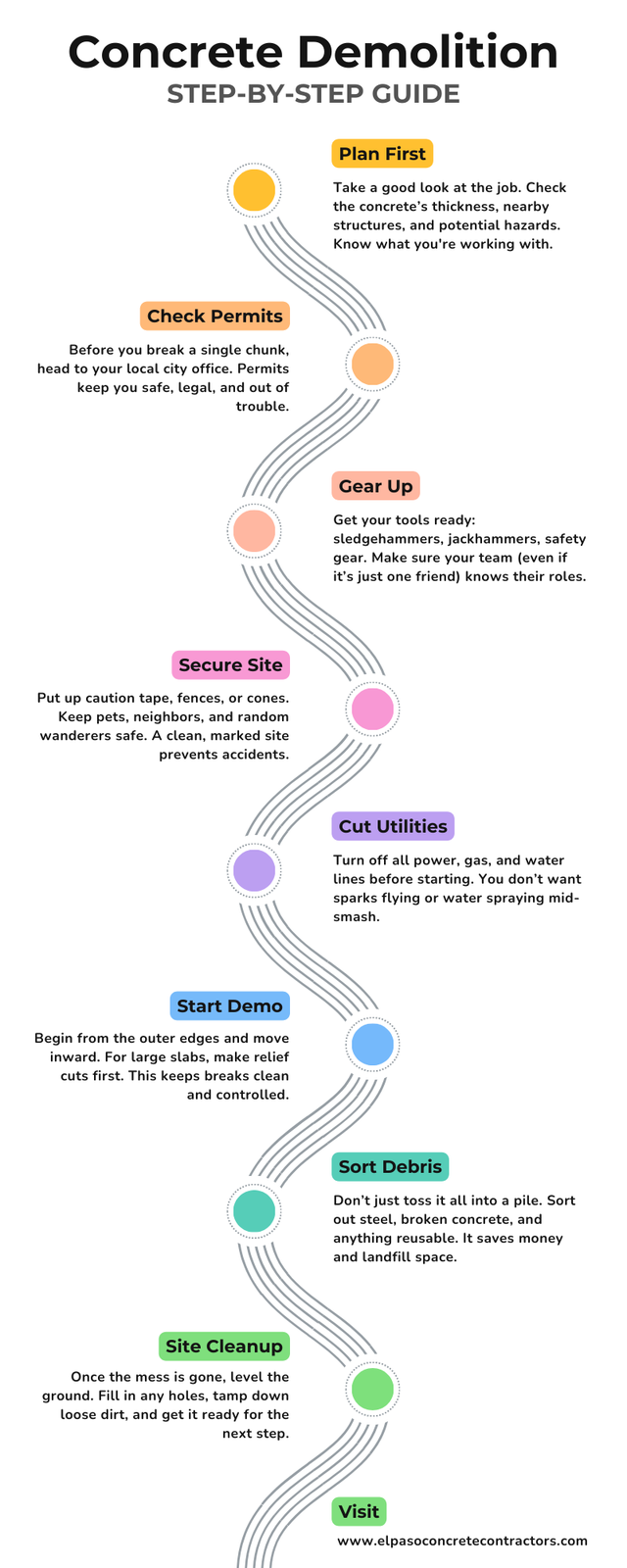
Add time for the unexpected: hidden pipes, unmarked cables, or surprise rain.
Should You DIY or Call the Pros?
This is the million-dollar question. Here’s a quick breakdown:
Go DIY if:
You’re dealing with a small patio, sidewalk, or a concrete slab less than 4 inches thick.
You already have basic tools.
You’re confident in your safety skills.
Call the pros if:
The concrete is reinforced with rebar.
It’s close to a house, fence, or a public area.
You need machines, but you don’t know how to use them.
The job is large or time-sensitive.
Hiring professionals might seem pricey upfront, but it can save you headaches—and hospital visits—later. Find out what makes
Paso concrete contractors great.
Final Thoughts: Break It Right, Not Just Break It
Concrete demolition isn’t just about tearing stuff down. It’s about doing it smartly. From picking the right method to staying safe and recycling debris, every step counts.
Swing the hammer yourself. Or call in the big machines. The goal is the same. Clear the way for something new and better. Take it step-by-step. Be patient.
So next time you see that cracked driveway. Don’t groan. Because now, you know exactly how to tackle it.
